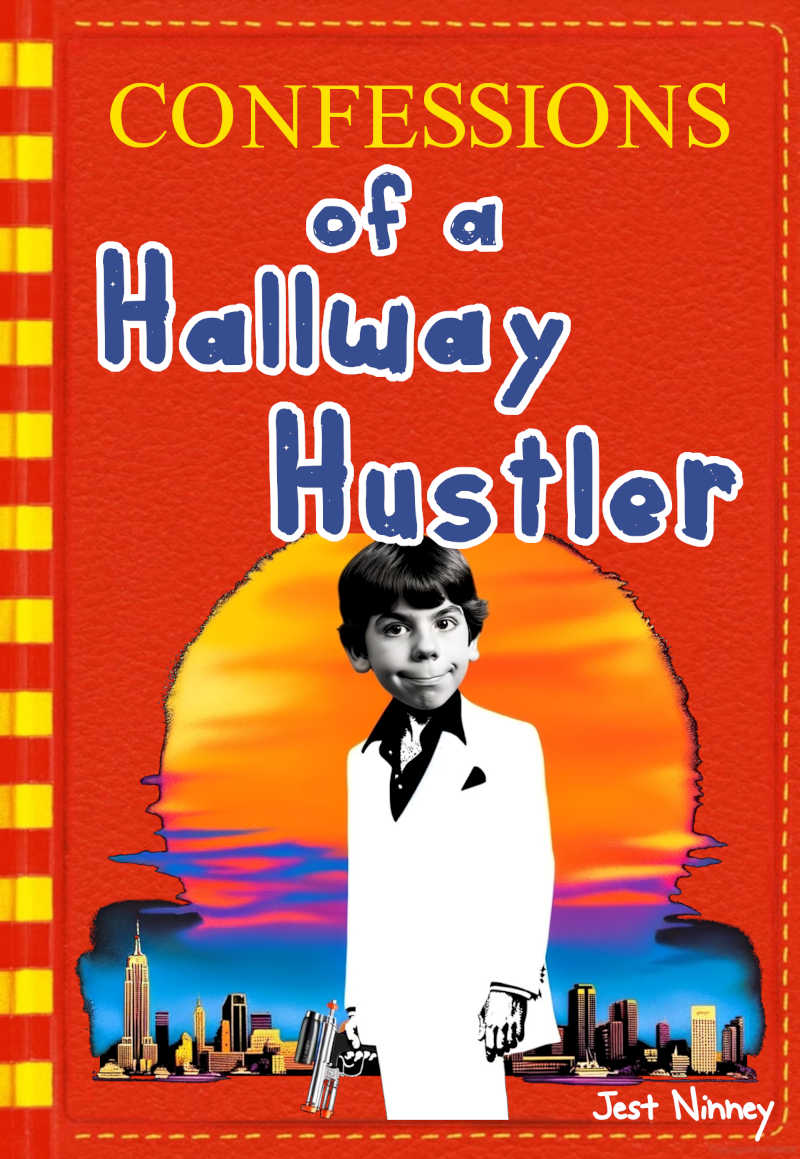Introduction
Parody is a form of satire that imitates the style or content of a subject to create a humorous or critical effect. One of the most iconic films that masterfully employs parody is the 1980 comedy “Airplane!” Directed by Jim Abrahams, David Zucker, and Jerry Zucker, the film is a spoof of the disaster film genre, particularly airplane disaster movies like “Airport” (1970).
This article aims to explore five specific examples of parody in “Airplane!” and delve into the targets and implicit criticisms of these parodies.
Example 1: The Dramatic Music
Target
The overly dramatic musical scores often found in disaster films.
Parody
“Airplane!” features a recurring gag where the dramatic music that typically underscores tense scenes in disaster movies is revealed to be played by a live orchestra within the airplane itself.
Implicit Criticism
The parody serves to highlight the artificiality of such musical scores in creating tension. By placing the orchestra within the scene, the film mocks the contrived nature of these scores and questions their necessity in evoking emotional responses from the audience.
Example 2: The “Drinking Problem”
Target
The trope of the troubled hero with a dark past, commonly found in disaster and action films.
Parody
Ted Striker, the protagonist, is said to have a “drinking problem,” which is humorously depicted as him missing his mouth entirely when trying to take a sip, splashing liquid on his face instead.
Implicit Criticism
This gag serves as a critique of the clichéd and often melodramatic backstories given to heroes in disaster films. By reducing Striker’s “drinking problem” to a literal, physical comedy bit, the film ridicules the formulaic nature of such character arcs.
Example 3: The Jive-Talking Passengers
Target
Racial and cultural stereotypes in films.
Parody
Two passengers on the airplane speak in exaggerated “jive,” complete with subtitles for the audience. Their dialogue is a humorous mishmash of African American Vernacular English and 1970s slang.
Implicit Criticism
The scene parodies the way films often resort to stereotypes when depicting characters from different racial or cultural backgrounds. By exaggerating this to the point of absurdity, “Airplane!” critiques the laziness and potential harm of such stereotyping in storytelling.
Example 4: The Inflatable Auto-Pilot
Target
The over-reliance on technology in disaster scenarios, as often depicted in films.
Parody
When both pilots fall ill, an inflatable auto-pilot named “Otto” takes control of the plane. Otto is not only hilariously ill-equipped but also becomes a comic character in its own right.
Implicit Criticism
The inflatable auto-pilot serves as a critique of the blind faith often placed in technology within disaster films. By making Otto comically inept, the film questions the wisdom of relying solely on technology for safety and problem-solving.
Example 5: The “Flashback” Sequences
Target
The use of flashbacks to provide character depth or explain plot points, a common device in drama and disaster films.
Parody
Ted Striker has several flashbacks to his time in the war and his romance with Elaine, each more absurd than the last. One flashback even involves a Saturday Night Fever-style dance sequence.
Implicit Criticism
These exaggerated flashbacks mock the often heavy-handed use of this narrative device in films. By making the flashbacks increasingly ridiculous, “Airplane!” highlights the artificiality and potential absurdity of using flashbacks to force emotional depth or complexity.
Conclusion
“Airplane!” is a masterclass in the use of parody to critique and comment on established filmic conventions. From mocking the overly dramatic musical scores and clichéd character arcs to questioning the reliance on technology and the use of stereotypes, the film serves as a comedic yet insightful critique of the disaster film genre and filmmaking tropes at large.
As we laugh at the absurdity presented on screen, we are also prompted to question the formulas and stereotypes that many films unthinkingly perpetuate. In doing so, “Airplane!” not only entertains but also challenges us to be more discerning viewers of cinema.
Further study
- Abrahams, Jim, David Zucker, and Jerry Zucker, directors. “Airplane!” Paramount Pictures, 1980.
- Belton, John. “American Cinema/American Culture.” McGraw-Hill, 4th edition, 2012.
- Hutcheon, Linda. “A Theory of Parody: The Teachings of Twentieth-Century Art Forms.” University of Illinois Press, 1985.
- Gray, Jonathan, Jeffrey P. Jones, and Ethan Thompson. “Satire TV: Politics and Comedy in the Post-Network Era.” NYU Press, 2009.
Note: This article is written for educational purposes and aims to provide an objective overview of the subject. It does not endorse any political views.

